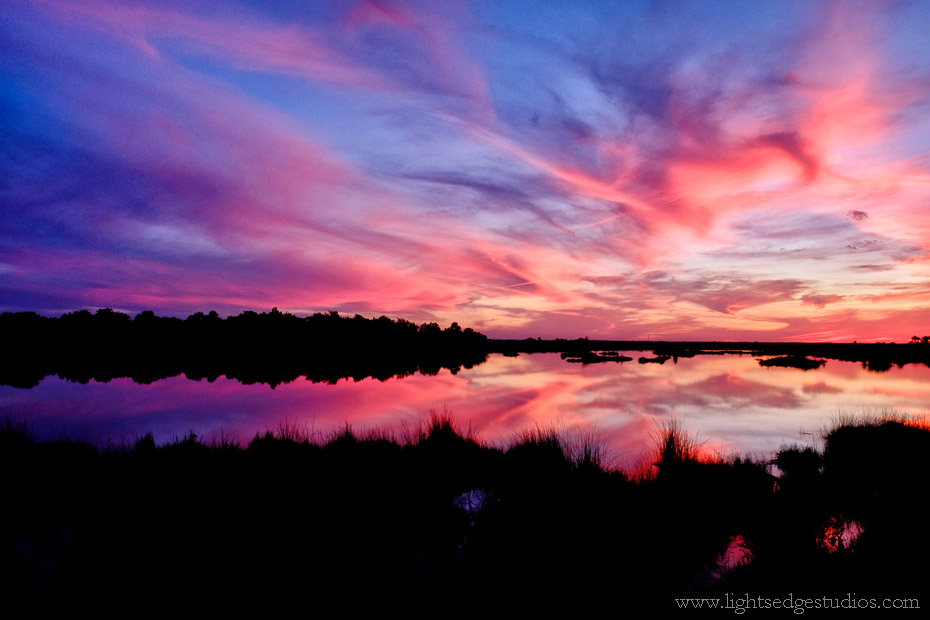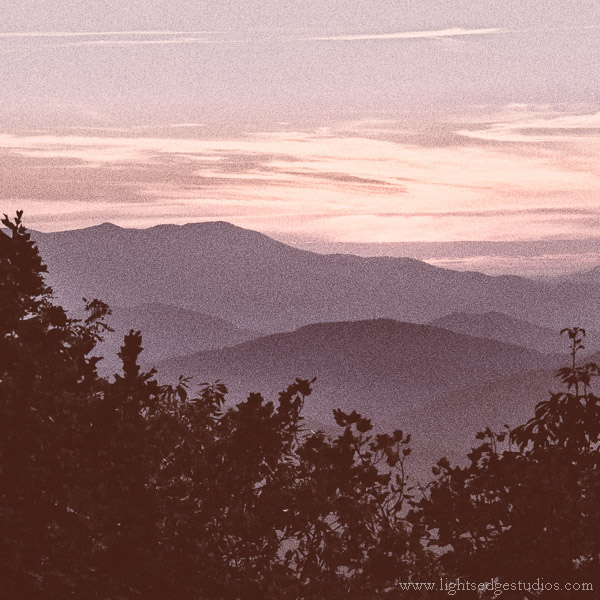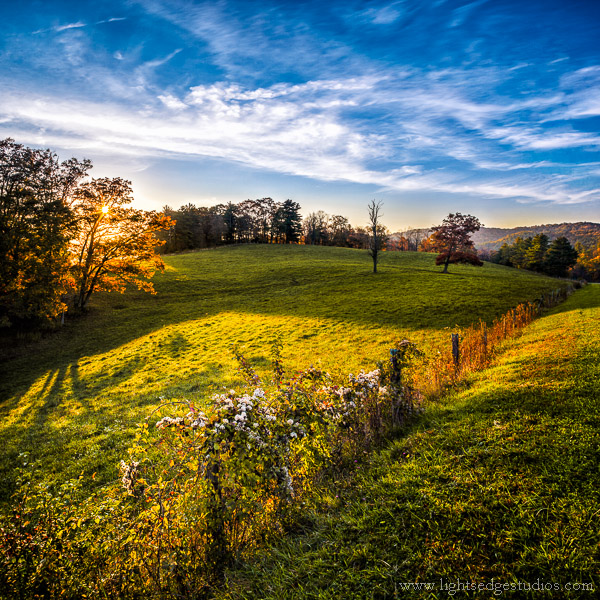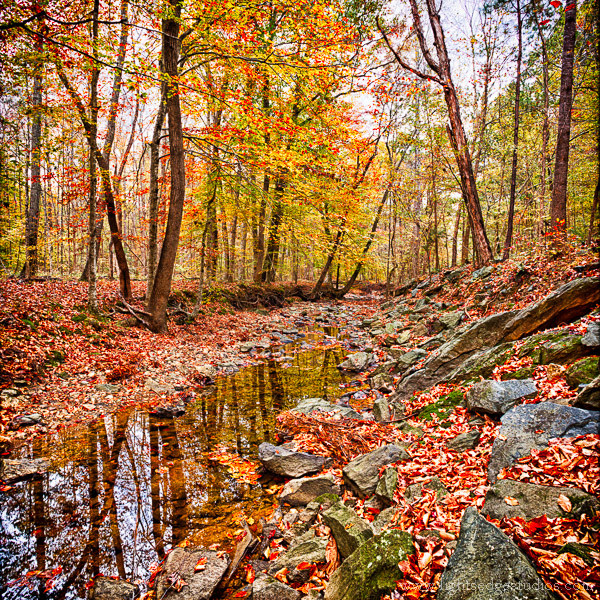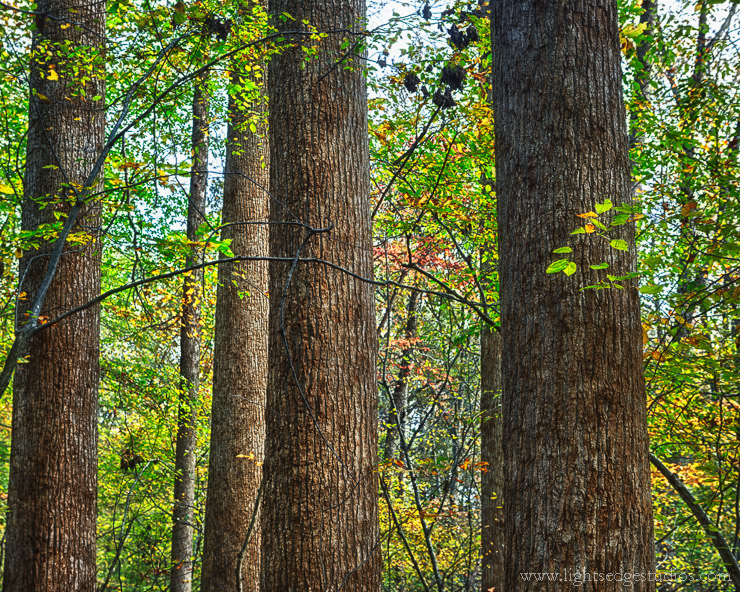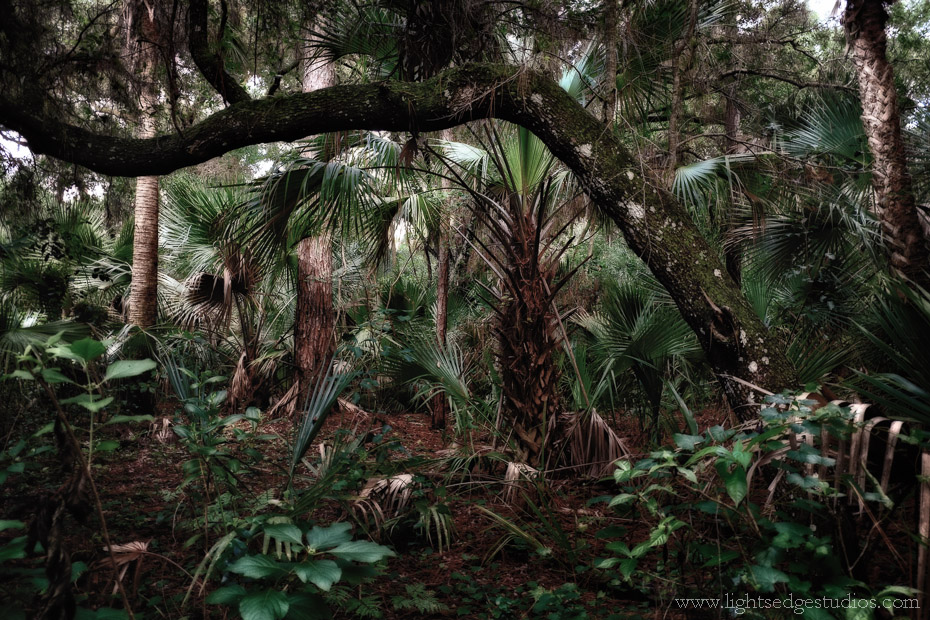
While out letterboxing, Summer and I came upon a hidden gem of a local preserve in Port St. Lucie, Florida: Oak Hammock Park. The winding path took us through seemingly endless palms, palmettos, and oaks. We entered the path near dusk, and while the air was thick with humidity, we didn’t really get eaten alive by mosquitoes. Strange!
I was very glad that I took the Fuji X-E1 with me; its light weight makes it easy to take anywhere, and the image stabilization built into the 18-55mm lens is surprisingly good. The image above is very sharp despite being made at 1/17 sec hand-held!
More to come.
